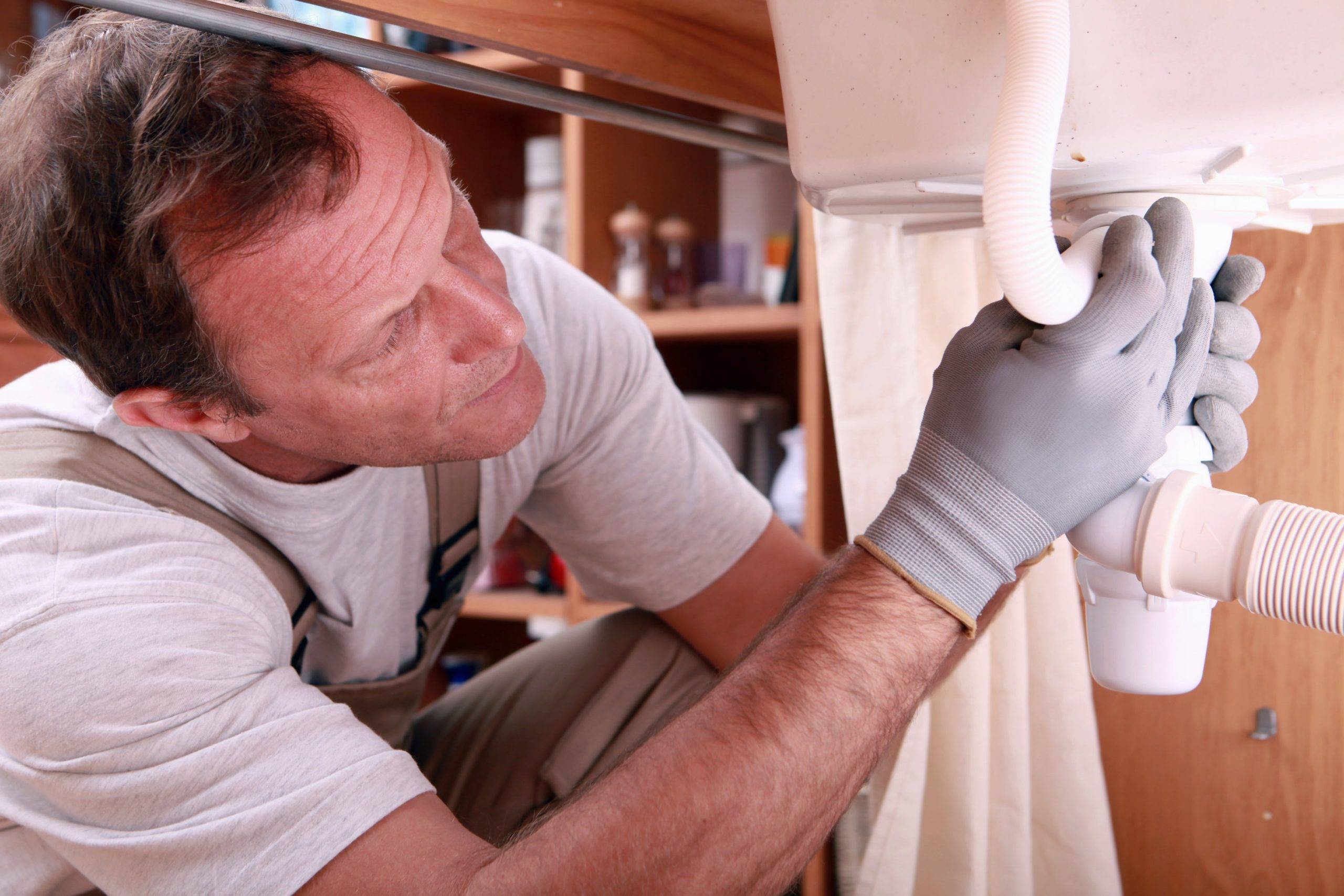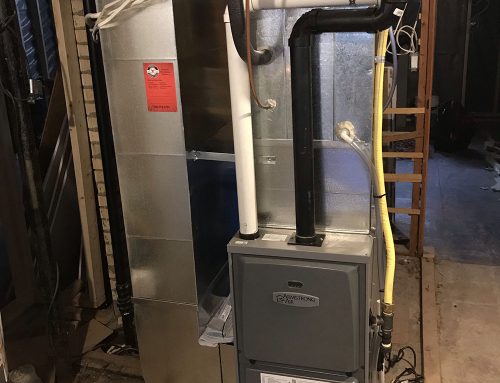What are your concepts on How to Handle Plumbing Issues in Rental Properties?

Handling pipes issues in rental buildings efficiently is vital for maintaining occupant satisfaction and protecting the building's value. Whether you're a property manager or a residential or commercial property supervisor, recognizing how to deal with these usual problems can save you time and money while making certain conformity with lawful responsibilities. Right here's a detailed overview on how to deal with pipes concerns in rental properties.
File Whatever
Maintain thorough records of all reported plumbing issues and the actions required to solve them. Documents should include dates, descriptions of the problem, communication with renters, and receipts from specialists or plumbing professionals. This details can be crucial for insurance claims, tax deductions, and lawful defense.
Usage Qualified Professionals
Always use licensed and insured specialists for substantial plumbing repairs and installations. This makes certain that the work depends on code and can help avoid liability issues in case of accidents or further damage. It likewise assures lessees that fixings are being dealt with expertly.
Develop Clear Interaction
Motivate lessees to report any kind of pipes problems as quickly as they take place. Offer several communication channels such as phone, email, or a tenant portal to make it very easy for them to connect. Trigger actions to these reports can prevent small issues from rising into major troubles.
Inform Renters
Educate your lessees regarding what makes up a plumbing emergency situation and what does not. Supply guidelines on just how to manage minor issues themselves, such as making use of a plunger to unclog a bathroom. Likewise, educate them regarding what they ought to stay clear of taking down drains to stop blockages, such as oil, coffee premises, and non-biodegradable items.
Normal Maintenance
Implement a regular maintenance timetable for all plumbing systems in your service buildings. Routine checks can aid determine and resolve problems like leaks, sluggish drains, or rusty pipelines before they come to be severe. Consider employing a professional plumbing professional to examine the properties every year or semi-annually.
Quick Response to Emergencies
Have a strategy in place for reacting to pipes emergencies. This must consist of having the contact info of dependable pipes solutions that offer 24/7 emergency situation fixings. Quick action is important to minimize damage in scenarios like ruptured pipes or serious leakages.
Preventive Upgrades
Consider upgrading older plumbing systems and components to more modern, effective designs. This can lower the frequency and seriousness of pipes concerns and lower long-term maintenance expenses. It's additionally a selling point for potential occupants that value upgrades and modern-day features.
Renter Move-Out Inspections
Conduct complete pipes checks throughout move-out inspections to guarantee that any issues are determined and attended to prior to a brand-new lessee relocate. This prevents disputes with brand-new occupants over pre-existing conditions and ensures the residential or commercial property remains in top condition.
Understand Legal Obligations
Know your legal obligations relating to pipes and general home upkeep. A lot of jurisdictions need property managers to guarantee their buildings are habitable which all pipes systems are in good working order. Failure to deal with serious issues promptly can lead to legal actions from lessees.
Renter Repayments
If a plumbing concern requires prompt attention and the occupant fixes the issue on their own, have a clear plan in place for repaying costs. Ensure lessees know they need to obtain prior authorization for higher-cost repair work unless it's an outright emergency.
Final thought
Taking care of plumbing problems in rental properties needs an aggressive approach and good communication with occupants. By remaining on top of maintenance, responding without delay to emergencies, and utilizing certified specialists, property owners can maintain their buildings in excellent condition and preserve excellent partnerships with tenants.
How to Handle Water Damage in a Rental Property
What is Water Damage?
Water damage is harm or destruction caused by water entering areas where it is not supposed to be. It can be caused by a variety of sources and can manifest in different ways. The most common examples of water damage include:
Leaking roof Plumbing leaks Appliance malfunctions Poor drainage Flooding Sewage backup Condensation Tenant negligence HVAC system issues Frozen pipes Is water damage dangerous?
Water damage itself is not inherently dangerous, but it can lead to various hazards and health risks if not promptly and properly addressed. The severity of these risks depends on the extent of the water damage, the source of the water, and how quickly it is mitigated.
Some potential dangers associated with water damage include structural damage, mold and bacterial growth, electrical hazards, water contamination, and pest infestations. In situations where mold and mildew have gone unaddressed, mold can start to develop within 24-48 hours of water exposure, and this can impose a serious health risk to tenants. In particular, mold spores and damp conditions can lead to respiratory issues and even make existing health problems worse, such as allergies, asthma, or immune disorders.
Water Damage in an Apartment - Who is Responsible?
If the water damage is caused by the tenant’s negligence, the tenant is responsible for the cost of repairs. If the water damage is caused by a defect in the property, the landlord is responsible for the cost of repairs. If the water damage is a result of natural causes, such as excessive rain, then the landlord is responsible, since the water intrusion likely occurred due to a defect in the property. Landlord Responsibility water damage in rental property
Since maintaining habitability is the landlord’s legal responsibility, landlords are responsible for any resulting structural damage caused by water damage. These structural damages may include damage to walls, roofs, ceilings, and flooring. If water damage has affected the rental property’s original structure, the landlord is responsible for repairing or replacing those materials. Therefore, landlords should have property insurance that covers the structural components of their rental property so that they can receive help with the costs of covered events.
Preventative measures can also help landlords avoid massive renovations. Preventative maintenance may include conducting regular inspections to identify and address potential water damage before it becomes a major and urgent problem.
If a landlord fails to meet their responsibilities regarding water damage, it can lead to legal disputes and potential liability. Tenants who believe their landlord is not addressing water damage issues in accordance with California law can seek legal advice or contact local housing authorities for assistance.
https://www.goodlifemgmt.com/blog/water-damage-in-a-rental-property/

I'm very interested by and I hope you enjoyed reading our post. Remember to pause to promote this blog if you appreciated it. Thanks for your time. Please pay a visit to our blog back soon.